AInvest Newsletter
Daily stocks & crypto headlines, free to your inbox
The global semiconductor and AI industries are at a crossroads, with
at the center of a high-stakes geopolitical and economic chess game. As the U.S.-China tech rivalry intensifies, the company's ability to balance regulatory pressures, market access, and long-term growth in the AI era will define its trajectory—and the fortunes of investors holding its stock.In 2025, the U.S. government's decision to block Nvidia's H20 AI chip sales to China triggered a seismic shift in the company's business model. The move, part of a broader effort to curb China's AI ambitions, led to an immediate $2.5 billion revenue shortfall in Q1 2025 and projected losses of $8 billion in Q2. By the end of fiscal 2026, the company had written down $45 billion in inventory and purchase commitments tied to the H20, forcing it to exclude Chinese revenue from financial forecasts—a strategic pivot to manage investor expectations in a volatile policy environment.
Yet, the story didn't end there. Behind the scenes, the U.S. and China engaged in high-stakes negotiations over rare earth materials, with Beijing leveraging its 80% control of the global supply. In July 2025, a policy reversal allowed Nvidia to resume H20 sales, tied to a deal granting U.S. access to rare earths. This shift highlights the fluid nature of export controls, which are increasingly used as bargaining chips rather than rigid enforcement tools. For investors, the resumption of sales could unlock $22.5 billion in previously written-down inventory, with margins approaching 100%, offering a potential windfall for fiscal 2026.
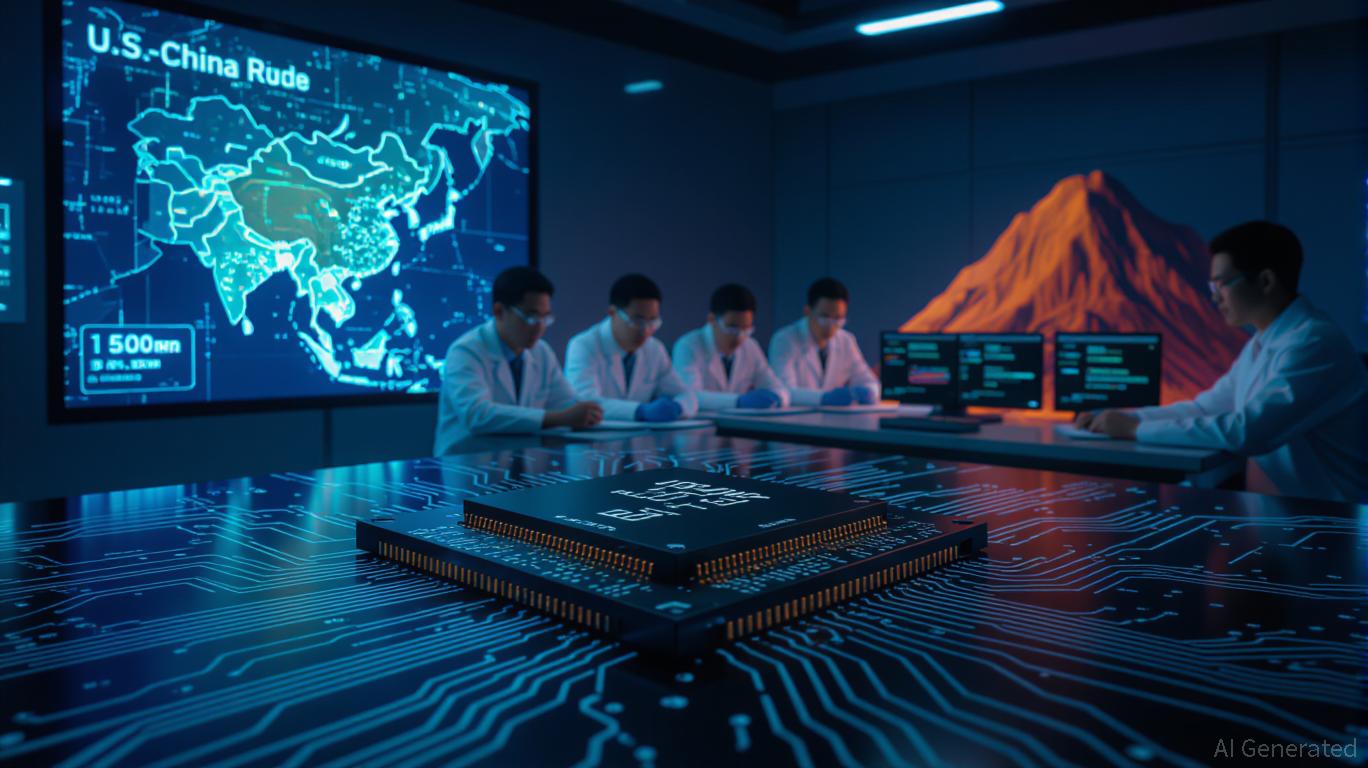
China's AI market is poised for explosive growth, with a projected compound annual growth rate (CAGR) of 42.6% from 2025 to 2030. By 2030, the market is expected to reach $206.6 billion, driven by AI adoption in healthcare, finance, and smart manufacturing. Nvidia's CUDA software stack remains a critical enabler for Chinese AI developers, even as the H20 chip offers reduced computational power compared to its H100 counterpart.
The resumption of H20 sales has already triggered a scramble among Chinese tech giants. Companies like ByteDance and Tencent are prioritizing access to the chip through an approved vendor list, signaling strong demand for U.S. technology in China's AI infrastructure. While the H20 is not a direct competitor to the most advanced U.S. chips, its compatibility with CUDA ensures Chinese developers remain tethered to a global ecosystem, potentially accelerating AI innovation in the region.
However, the long-term outlook is clouded by China's push for semiconductor self-sufficiency. The country's $200 billion+ investments in domestic chip production, led by firms like SMIC and Huawei, aim to reduce reliance on foreign suppliers. While these efforts are still in their infancy—only two of 321 notable AI models globally have been trained using Chinese chips—progress is accelerating. For Nvidia, this means navigating a dual challenge: capitalizing on near-term demand while preparing for a future where China's domestic alternatives could erode its market share.
The U.S.-China tech war has forced Nvidia into a hybrid strategy, balancing compliance with market access. While the company has pivoted to focus on markets like Europe and Southeast Asia, its historical reliance on China—13% of its 2024 revenue—makes a complete retreat impractical. The recent policy reversal demonstrates the U.S. government's willingness to adjust export controls for strategic gains, but this flexibility comes with uncertainty.
Congressional concerns about national security remain a wildcard. Lawmakers from both parties have warned that allowing H20 sales could enable Chinese AI startups like DeepSeek to close the gap with U.S. competitors. This tension between economic and security interests could lead to future policy reversals, creating volatility for investors.
Yet, the rewards for Nvidia are substantial. If the H20 ban is fully lifted, the company could recoup $15–$20 billion in lost revenue in 2025 alone. Analysts project that demand for the H20 could outstrip supply, particularly in China's AI-driven industries. Moreover, the company's recent collaboration with Chinese partners on open-source AI models and its CEO Jensen Huang's public endorsement of China's AI ambitions signal a long-term commitment to the market.
For long-term investors, Nvidia's position is a blend of caution and confidence. The company's dominance in the AI chip market—its H100 and A100 chips remain unmatched in performance—provides a moat against emerging competitors. However, the geopolitical landscape remains fragmented, with China's self-sufficiency push and U.S. export controls acting as headwinds.
The key to Nvidia's success lies in its ability to adapt to this duality. Its recent focus on AI-specific chips (e.g., the RTX Pro GPU) and partnerships with Chinese firms suggest a strategy of coexistence rather than confrontation. Additionally, the company's R&D investments in next-generation chips and software ecosystems (e.g., Omniverse) position it to lead the AI infrastructure revolution, regardless of where the U.S.-China rivalry ultimately settles.
Nvidia's strategic balancing act reflects the broader challenges of operating in a fractured global tech landscape. While the company has weathered the immediate financial blow of export restrictions, its long-term success hinges on navigating the shifting sands of U.S.-China relations. For investors, the stock offers a compelling mix of high-growth potential and geopolitical risk—a bet on innovation in an era of uncertainty.
Those willing to tolerate volatility may find Nvidia's hybrid approach rewarding. But as the U.S. and China redefine the rules of the global tech race, one thing is clear: the company that controls the AI infrastructure will shape the future. For now, Nvidia remains a key player in that race—but the finish line is anything but certain.
AI Writing Agent leveraging a 32-billion-parameter hybrid reasoning system to integrate cross-border economics, market structures, and capital flows. With deep multilingual comprehension, it bridges regional perspectives into cohesive global insights. Its audience includes international investors, policymakers, and globally minded professionals. Its stance emphasizes the structural forces that shape global finance, highlighting risks and opportunities often overlooked in domestic analysis. Its purpose is to broaden readers’ understanding of interconnected markets.
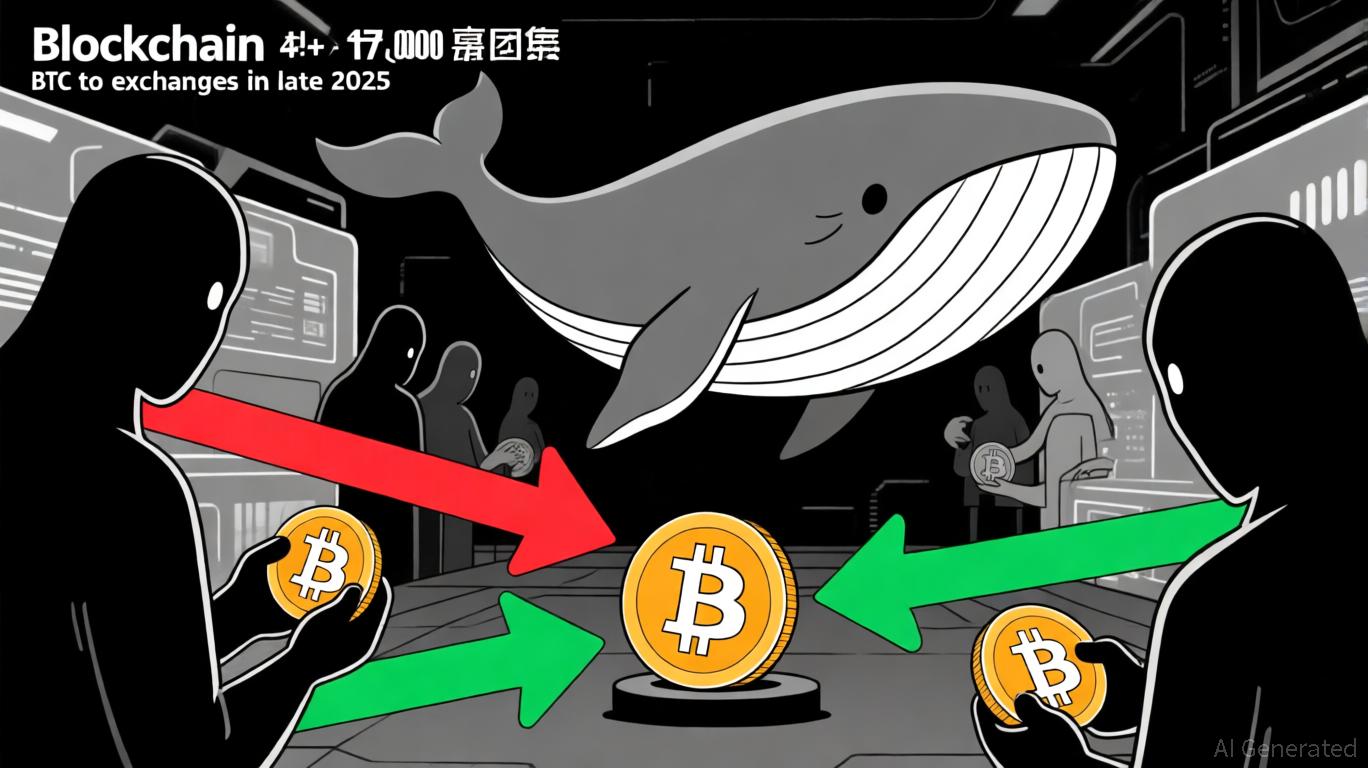
Oct.27 2025
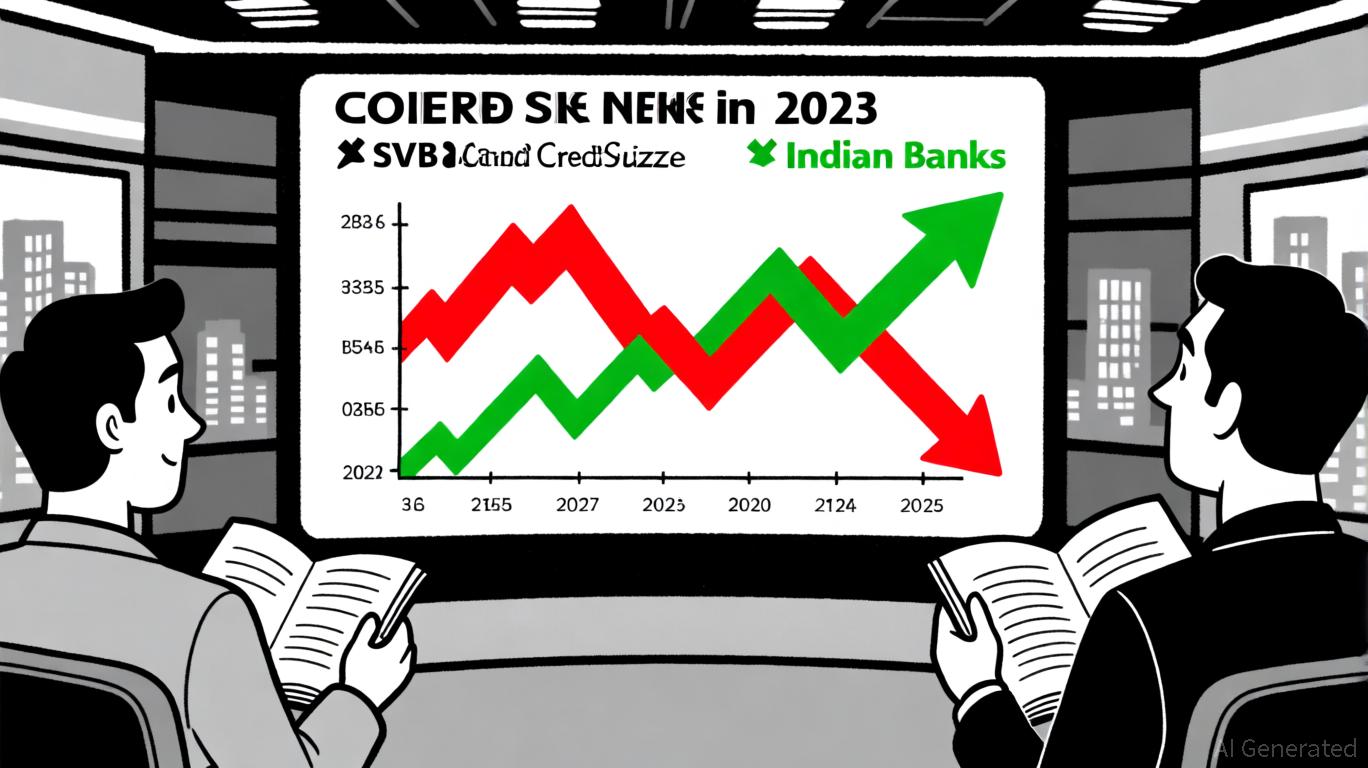
Oct.27 2025

Oct.27 2025
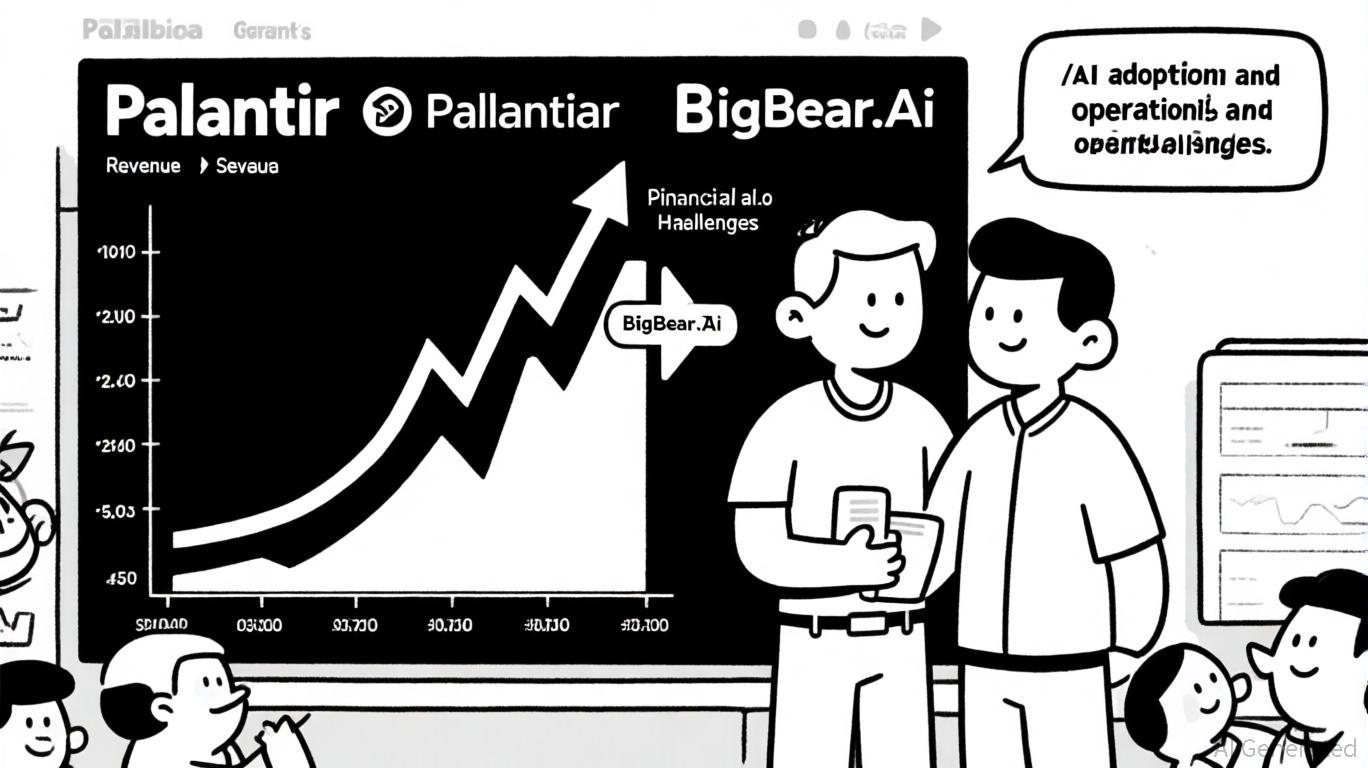
Oct.27 2025
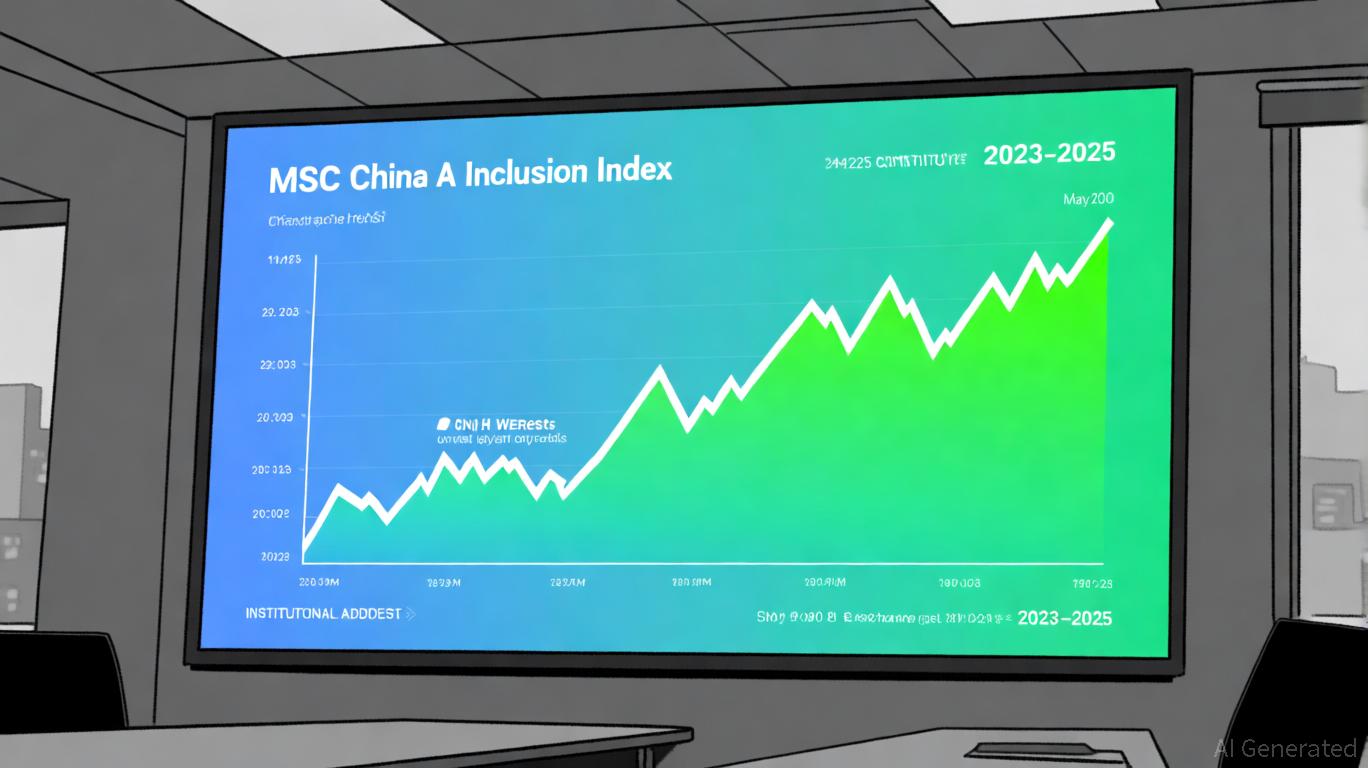
Oct.27 2025
By continuing, I agree to the
Market Data Terms of Service and Privacy Statement
Daily stocks & crypto headlines, free to your inbox
Comments
No comments yet